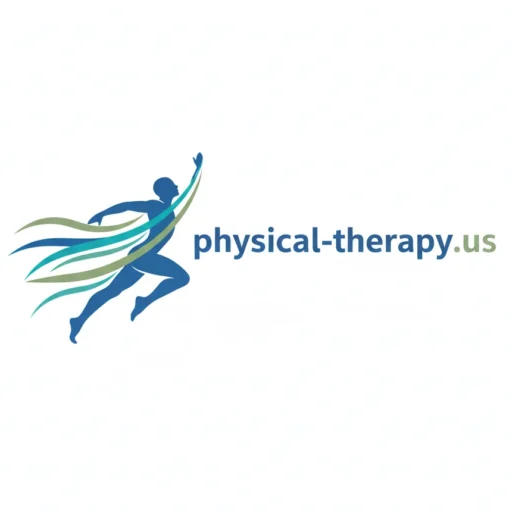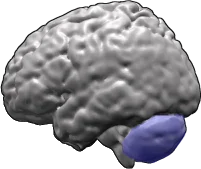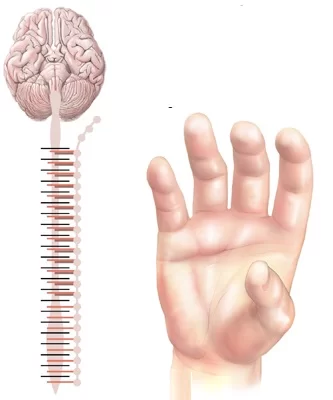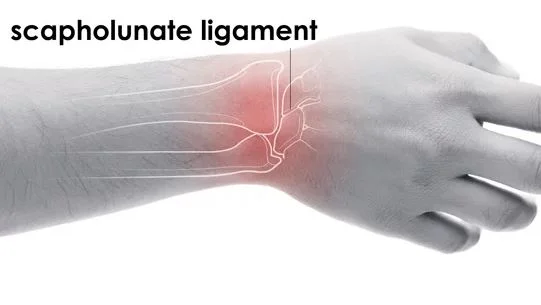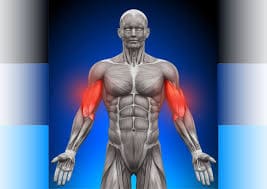Spinocerebellar Ataxia
Spinocerebellar Ataxia: What is it?
Spinocerebellar Ataxia (SCA) is a group of genetic, progressive neurological disorders that affect the cerebellum, leading to impaired coordination, balance, and speech. Symptoms often include unsteady gait, difficulty with fine motor tasks, and slurred speech.
Ataxia is a degenerative disorder affecting the neurological system. It causes difficulty with coordination and mobility. There are several types of ataxia, each with its causes and symptoms.
Spinocerebellar ataxia (SCA) is a collection of hereditary neurological illnesses. It affects your cerebellum, which is responsible for muscular movement coordination, as well as your spinal cord. This genetic disorder increases over time and creates particular coordination issues, which often affect:
- Eyes.
- Hands.
- Legs and mobility.
- Speech.
SCAs are inherited in an autosomal dominant pattern and are caused by genetic mutations. Diagnosis typically involves genetic testing and neurological evaluation, with management focusing on symptomatic relief and supportive care.
What’s the cause of Spinocerebellar Ataxia?
SCA is caused by an inherited genetic mutation. Experts have linked this specific gene to a variety of spinocerebellar ataxias, but not all.
Some forms of SCAs originate when a stretch of DNA repeats abnormally several times (known as trinucleotide repeat expansion).
The disease is often inherited in an autosomal dominant form. This suggests that the disorder can be caused by a single copy of the mutant gene from a biological parent. As a result, when a person with SCA has children, each has a 50% chance of inheriting the mutant gene.
There are also autosomal recessive spinocerebellar ataxias. In these circumstances, the individual gets a defective gene from both biological parents, who are usually asymptomatic.
What signs of Spinocerebellar Ataxia are present?
SCA symptoms often start to show up around 18, and they gradually worsen over time.
Indications of spinocerebellar ataxia frequently include:
- Uncontrollable eye movements.
- Inadequate hand-eye coordination.
- Issues with coordination and balance.
- Slurred speech.
- Information processing and memory issues (learning impairments).
- Walking with poor coordination.
What are the different forms of Spinocerebellar Ataxia?
There are now about 40 different kinds of SCAs known to exist, and that number might rise. They use numbers to designate the unknown varieties, such as spinocerebellar ataxia type 1, type 2, and so on.
The origins and symptoms of all forms of SCAs are comparable. The sequence in which the related mutations were found by experts is indicated by the numbers. Stated differently, SCA1 was the first kind associated with a hereditary chromosome issue. SCA2 was the second, etc.
Spinocerebellar ataxia type 3, also referred to as Machado-Joseph disease, is the most prevalent kind.
What is the prevalence of Spinocerebellar Ataxia?
SCA is uncommon. About 1 to 5 persons out of every 100,000 are impacted.
Describe the diagnosis of Spinocerebellar Ataxia:
SCA may be diagnosed by a medical professional based on:
- Family history.
- Personal medical history.
- Physical examination.
- SCA-associated symptoms.
- Genetic testing can validate a wide range of SCA. However, because certain kinds are not connected with a particular mutation, specialists cannot confirm all forms of SCAs using this method.
In such circumstances, your healthcare professional may arrange tests and pictures of your brain to search for abnormalities. The exams include a CT scan and an MRI.
Genetic testing is also available for those who believe they may have an SCA genetic mutation. Testing can help them make decisions regarding family planning. Prenatal testing allows healthcare practitioners to screen newborns before birth.
Is it possible to treat Spinocerebellar Ataxia?
There is no recognized cure for SCA. Treatment helps to alleviate symptoms and enhance function.
Spinocerebellar ataxia therapy might include:
- Crutches, canes, walkers, and wheelchairs are examples of assistive equipment that help individuals get around.
- Physical therapy can help to strengthen muscles and improve gait, and balance.
- Medications that alleviate shakiness, stiffness, and muscular spasms.
- Researchers are continually looking at ways to assist people to manage and treat SCA.
How can I avoid Spinocerebellar Ataxia?
There are no tried-and-true methods for preventing SCA. Some families may decide not to have children if they are aware that they have the mutation. The only way to stop the condition from being passed on to the following generation is to do that.
If I have Spinocerebellar Ataxia, what can I expect?
Depending on the kind and degree of ataxia, life expectancy varies greatly. Unfortunately, SCA frequently results in early death.
The kind and severity of the illness also affect how rapidly it advances. Therefore, in addition to providing a conclusive diagnosis, genetic testing may aid in course prediction. Within ten to fifteen years of their initial symptoms, many patients use a wheelchair. People with SCA frequently require assistance with everyday duties over time.
What more questions should I ask my doctor regarding Spinocerebellar Ataxia?
If you have spinocerebellar ataxia (SCA), you should ask your healthcare professional the following questions:
- Which type of SCA do I have?
- What bodily functions will be affected?
- Which specialists should I see?
- How often should I schedule follow-up consultations and tests?
- What therapies should I receive?
- Will this health condition reduce my life expectancy?
- Can I pass this on to my children?
- Should members of my family get genetic testing?
- Do you know of any support groups that can help me cope?
FAQs
What’s the cause of spinocerebellar ataxia?
SCAs are handed down from parent to child in an autosomal dominant manner, which means that only one parent must contain the gene mutation that produces illness symptoms (genes are inherited in pairs, one from each parent). A mutation causes a gene to produce proteins that inhibit nerve cell activity.
What is the survival rate of spinocerebellar ataxia?
Survival is dependent on the length of the CAG repeat expansion. According to one longitudinal cohort research, the average 10-year survival rate for SCA1 is 57%, whereas SCA6 is 87%.
What is the cause of childhood ataxia?
Ataxia can be caused by birth injuries (e.g., cerebral palsy) or trauma. Ataxia can also result from genetic disorders or exposure to brain-damaging chemicals.
What are the last phases of cerebellar ataxia?
In severe or advanced stages, people with cerebellar ataxia may become anarchic and dysphagia, requiring the use of a wheelchair for movement.
How do you diagnose spinocerebellar ataxia?
The test can be performed on either a blood or tissue sample. When the kind of SCA in a family or affected person is unknown, testing for SCA types 1, 2, 3, 6, and 7 is typically performed. If the family’s SCA type is known, just that kind will be checked for.
How many forms of spinocerebellar ataxia exist?
Spinocerebellar ataxia (SCA) refers to a group of around 40 related hereditary brain illnesses. SCA affects your cerebellum, which is responsible for physical movement.
What are the symptoms of spinocerebellar ataxia type 7?
As the condition advances, motor function declines, speech becomes confused (dysarthria), and swallowing becomes difficult (dysphagia). In children, inability to thrive and loss of motor milestones may be the first signs.
References
- Spinocerebellar ataxia. (2025, March 19). Cleveland Clinic. https://my.clevelandclinic.org/health/diseases/24077-spinocerebellar-ataxia
- News-Medical. (2018, September 17). What is Spinocerebellar Ataxia? https://www.news-medical.net/health/What-is-Spinocerebellar-Ataxia.aspx
- Website, N. (2021, November 18). Types. Nhs.uk. https://www.nhs.uk/conditions/ataxia/symptoms/
